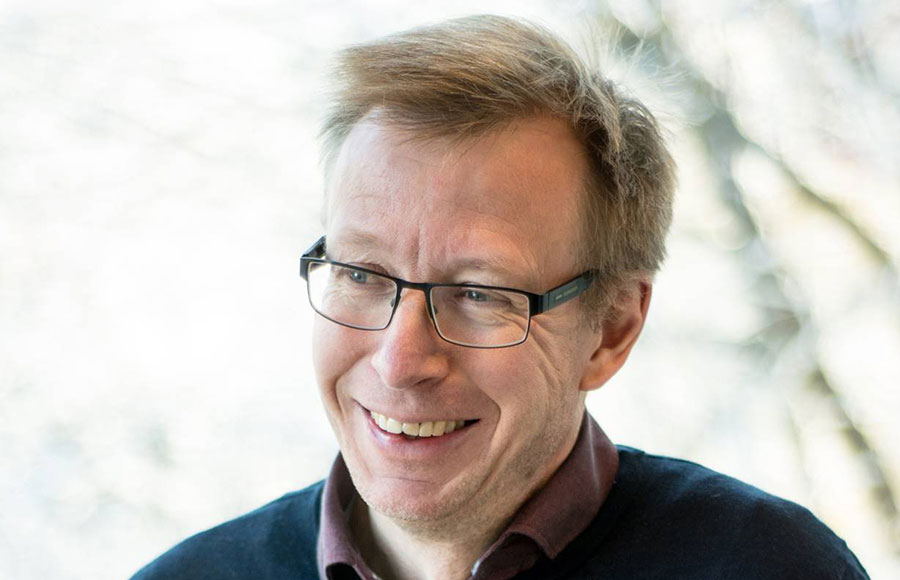
Meet Stefan Roos, researcher at BioGaia and SLU
Stefan Roos works part-time as a researcher at SLU, and for four years he has also been employed at BioGaia and has been put in charge of coordinating preclinical research. In 1999 he defended his doctorate through preclinical study of the way the bacterium Lactobacillus reuteri binds to the intestinal mucosa. This was in part to inhibit pathogenic microorganisms and achieve closer interaction with the immunological defence system.
BioGaia has now evaluated or implemented several of the options put forward as a result of the research, but the R&D has often taken longer than Stefan first thought.
"It’s been easy to be too optimistic about the time needed for the projects. As a rule the research takes twice as long as the initial assessment,” says Stefan.
BioGaia is adopting a long-term approach, taking into account that research takes time, and the company has always built on collaboration with research networks. There must be adequate research, and everything must be publishable. Knowledge comes first. The collaboration creates great mutual benefit, and becomes flexible and powerful. Stefan notes that they have succeeded in understanding and implementing much of what the research indicated from the start. This includes knowledge of strains and how the bacterium works in probiotics.
An example of what Stefan's research has led to
By mapping and removing antibiotic resistance in a lactobacillus, a new probiotic bacterium with improved properties was isolated in 2006. It is currently one of the most-studied probiotic bacteria, having been the subject of over 100 clinical studies. The effect on many different indications has been observed, but a clearly alleviating effect on infantile colic is the indication that has been best described. In Sweden the bacteria is to be found in the oral-drop product Sempers Magdroppar, which is sold in pharmacies.
The worlds of research and industry & commerce overlap
Stefan is very keen on utilising and developing his research. He was curious about the importance of the gastrointestinal tract to people’s wellbeing, and realised that the path from basic research to application can be relatively short. By being in two overlapping worlds, Stefan gets to see the results of his basic research at an early stage. At BioGaia the time from discovery to market can be as little as two years!
80% of Stefan’s work is currently for BioGaia and 20% is for SLU. Alongside his two jobs he has also found time to contribute to the development of the company Ilya Pharma – a pharmaceutical company based on production of biological drugs. Read more about this in the article Ilya Pharma – drugs for fast healing of wounds – discovered by interdisciplinary research group.
Stefan's top recommendations on how to take your research results out into the community
- A lot of very exciting research is being done. Ask yourself at an early stage whether your research could be used in society. Could it lead to an innovation?
- Seek the help of others, e.g. SLU Holding, at an early stage, so as to assess the level of innovation and how to protect the idea. They will also help with regard to capital, expertise, business development and contacts. Running a business is a long learning curve.
- Risk capital is difficult – aim for as much 'soft' money as possible, then mix it with venture capital when it is right for the project.


